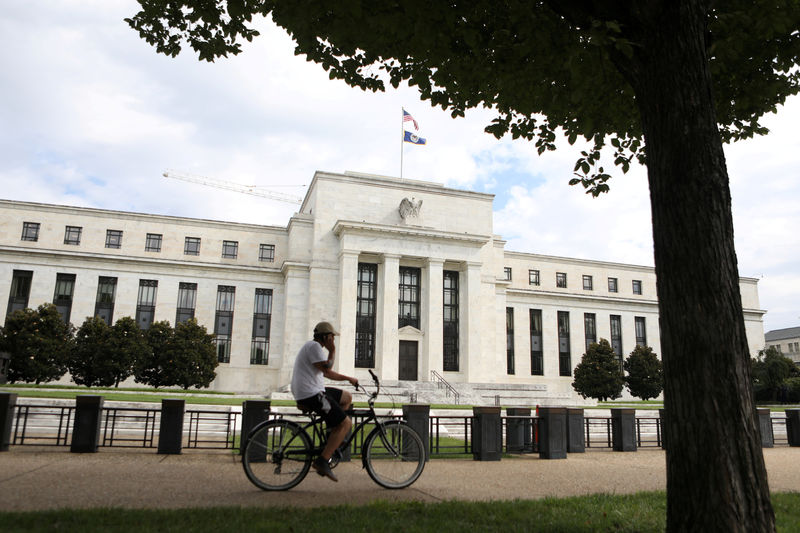(Bloomberg) -- Federal Reserve Bank of Kansas City President Esther George, who has been among the most hawkish Fed policy makers, doesn’t oppose some overshooting of the central bank’s 2% inflation target and sees more risk of price pressures being too weak than too strong.
“I have never thought of 2% as a ceiling but to really stay focused on what anchors inflation expectations in the economy,” George said in a Bloomberg Television interview with Michael McKee broadcast Wednesday, on the eve of her bank’s annual policy symposium, usually held in Jackson Hole, Wyoming. “From a communications standpoint, I think we will be talking about the kinds of things that help us do a better job of achieving our objectives.”
The prestigious conference, usually located in the magnificent Grand Teton National Park, will be held this year via video conference over two days due to the coronavirus pandemic. Chair Jerome Powell will kick off proceedings at 9:10 a.m. Washington time on Thursday with a speech on the Fed’s long-awaited framework review.
Mild Overshoot
The Fed is wrapping up discussion of changes to its monetary policy strategy that are expected to include a more explicit acknowledgment that central bankers would welcome the inflation rate rising over 2% that would result in meeting their goal on average over some time frame.
The conference will discuss challenges for monetary policy over the next decade. While an exact list of panels and speakers won’t be published until Wednesday evening, George said topics would include “low interest rates, slow growth, what uncertainty means to the process of policy making -- all of those of course have now been amplified by the events of a global pandemic.”
George has sometimes dissented in favor of tighter monetary policy and doesn’t vote this year. While she didn’t specifically back the average inflation target idea, the central banker made it clear she’s not worried about the prospect of higher price pressures now.
Deflationary Forces
“Importantly, what we see today are really, generally deflationary kinds of forces,” she said. “So until demand comes back, until we see the economy regain its footing, it’s hard to see in the near term. There is a lot of stimulus that may be out there at the point that the economy regains its footing. Today is probably not that day.”
George said the course of the virus will affect how quickly the economy recovers, echoing the most recent Federal Open Market Committee statement. She pointed out some businesses and consumers have pulled back in response to a resurgence in part of the U.S. in the past two months.
“It’s very clear that the foundation to a solid recovery is going to depend on addressing the virus first,” George said.
One of the Fed’s most prominent lending programs, its Main Street facility for smaller and medium-sized businesses, has gotten off to a slow start, but George said she’s optimistic it will become a bigger recourse for borrowers.
“That I think is going to be an important credit facility going forward,” she said. “When you think about the pressures that small business may be under in the months ahead, I think this could prove to be one of the options that they turn to.”
©2020 Bloomberg L.P.
